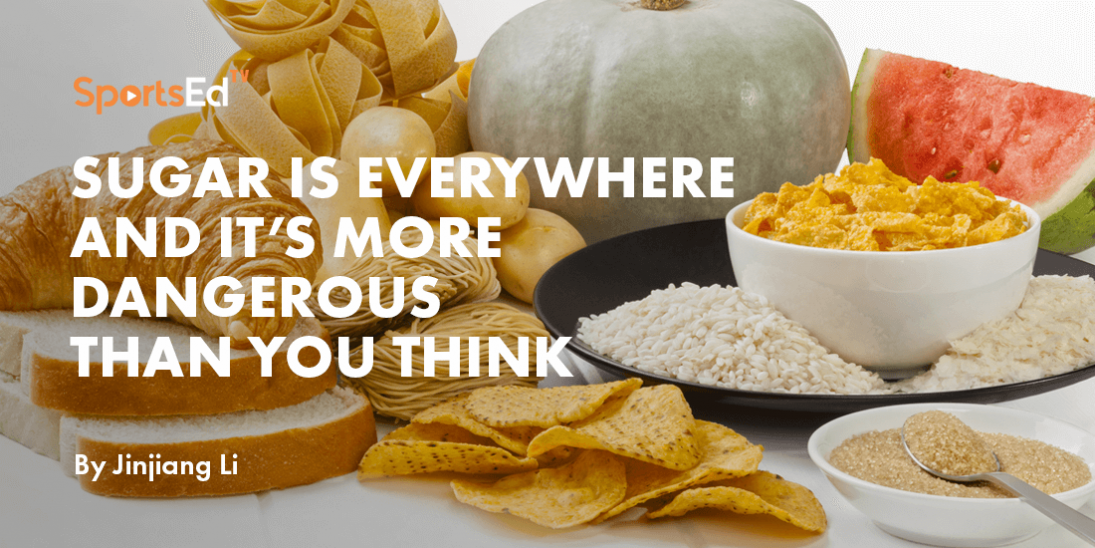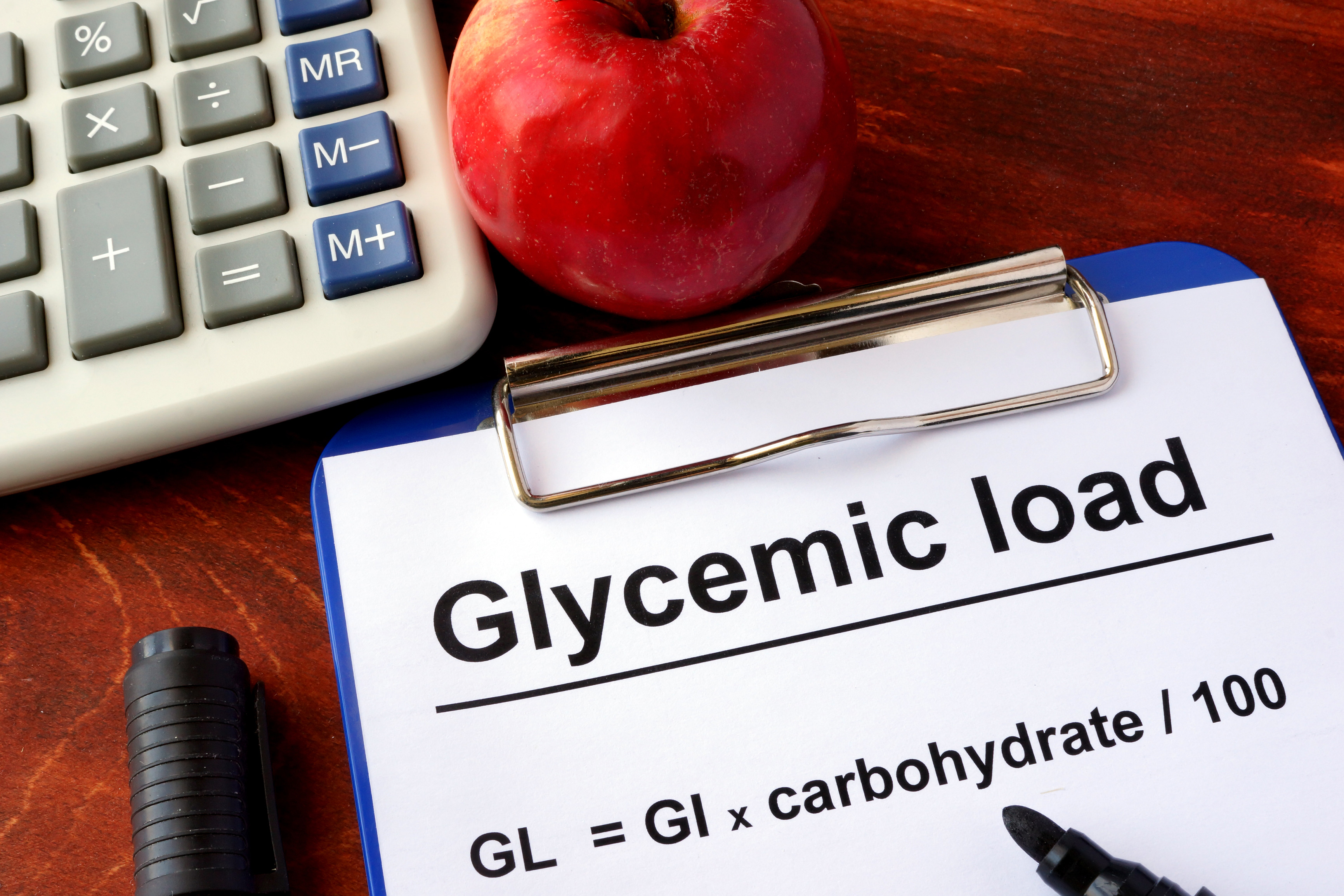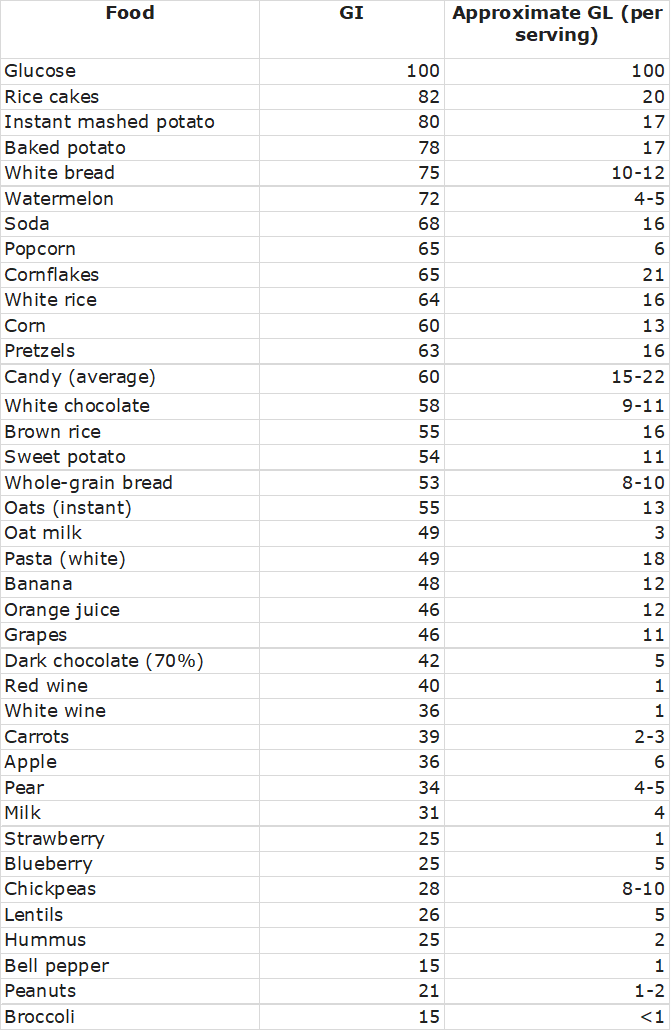Nutrition
Welcome and thanks for visiting...

High-Glycemic Diets and Heart Health: Why Choosing Low-GI Foods Matters

The Glycemic Index (GI) and Glycemic Load (GL) are two factors that significantly influence our blood sugar levels after eating. Though often discussed in terms of diabetes management, recent research reveals their relevance to overall health and heart disease risk. A recent pan-European study highlighted the health risks associated with high-GI and high-GL diets, emphasizing the importance of conscious food choices.
This article will walk you through the essentials of GI and GL, outline the study findings, and offer a helpful guide on choosing foods for a heart-healthy diet.
Introduction to Glycemic Index and Glycemic Load
-
What Is Glycemic Index (GI)? The glycemic index (GI) ranks foods based on their potential to raise blood glucose levels. Foods with a higher GI are digested quickly, leading to rapid spikes in blood sugar. The scale ranges from 0 to 100:
- Low GI (55 or less): Foods that cause a slower, steadier rise in blood glucose.
- Moderate GI (56–69): Foods that moderately affect blood glucose levels.
- High GI (70 or higher): Foods that cause sharp increases in blood glucose.
-
What Is Glycemic Load (GL)? Glycemic load (GL) combines the GI with the amount of carbohydrates per serving to assess a food’s total impact on blood glucose. Essentially, it accounts for portion size, providing a more accurate picture of how the food will affect blood sugar levels. For example, while watermelon has a high GI, its GL is low because it contains relatively little carbohydrate per serving.
- Low GL (10 or less): Minimal impact on blood glucose.
- Moderate GL (11–19): Moderate impact.
- High GL (20 or more): High impact, leading to more significant blood sugar rises.
The Link Between High-Glycemic Diets and Health Risks
Research has consistently shown that foods with a high GI and GL can have severe consequences beyond blood sugar control. A recent European study, which examined the impact of high-GI and high-GL diets on heart health, found that these diets are linked to an increased risk of coronary heart disease (CHD), particularly in people with a higher body mass index (BMI). According to the study, the rapid blood sugar spikes caused by high-GI and high-GL foods contribute to the onset of cardiovascular diseases by fostering inflammation, oxidative stress, and insulin resistance.
In simpler terms, foods with high GI and GL are not just challenging for those managing diabetes—they can lead to health issues in nearly everyone.
Key Findings from the Study
- Individuals with diets high in GL showed a higher incidence of CHD than those with lower-GL diets.
- High-GI diets were linked to an increased risk of developing heart disease, particularly in individuals with a BMI over 25.
- The findings suggest that moderating glycemic load by reducing high-GI foods and choosing low-GI options is beneficial for heart health, especially for those in higher-risk categories.
The Science of Glycemic Impact and Heart Health
Let’s examine why high-GI foods are associated with these adverse health effects. When blood glucose spikes quickly, it triggers a strong insulin response. Over time, chronic high insulin levels can contribute to insulin resistance, where cells no longer respond to insulin effectively. This process is a precursor to type 2 diabetes but also elevates cardiovascular risks by promoting:
- Inflammation: High blood sugar levels are linked to increased inflammatory markers in the blood, which can damage blood vessels over time.
- Oxidative Stress: High-GI foods accelerate oxidative processes in the body, damaging cells and tissues and contributing to heart disease.
- Increased LDL Cholesterol: Higher blood glucose levels are associated with higher levels of low-density lipoprotein (LDL), contributing to plaque buildup in arteries.
Given these risks, managing your diet with GI and GL can improve long-term health outcomes.
High-Glycemic Diets and Health Risks: What You Need to Know
The Glycemic Index (GI) and Glycemic Load (GL) are critical to understanding how foods affect blood sugar levels. The GI measures how quickly a food raises blood glucose on a scale from 0 to 100. High-GI foods (70+) cause rapid blood sugar spikes, moderate-GI foods (56-69) have a moderate impact, and low-GI foods (55 or less) provide a slower release of glucose. GL considers both the GI and the carb content per serving, offering a fuller picture of the food’s impact on blood sugar. For example, watermelon has a high GI but low GL, meaning it causes a smaller glucose response due to its low carbohydrate density per serving.
Understanding Glycemic Load (GL)
Glycemic load (GL) helps explain how much a food will raise your blood sugar based on both the type of carbohydrate (GI) and the amount you eat. For example, even though pasta has a lower GI, eating a large portion can still cause a bigger spike in blood sugar compared to a smaller serving. That’s where GL comes in—it considers both the GI of a food and the quantity of carbohydrates you’re eating.
How GL Works GL is more accurate than just looking at GI because it considers how much food you eat. For example, a small amount of high-GI food can have the same effect as a more significant amount of low-GI food.
0
How to Calculate Glycemic Load:
You can calculate GL with this formula:
GL = GI x amount of carbs (in grams) ÷ 100
Here’s an example with pasta:
GI of white pasta = 43
Carbs in a standard serving (180g) = 44g
GL = 43 x 44 ÷ 100 = 18
If you eat only half a portion, the GL would also be halved:
Carbs in a half portion (90g) = 22g
GL = 43 x 22 ÷ 100 = 9.5
Another example shows how foods with the same amount of carbohydrates can still affect blood sugar differently due to their GI:
A small baked potato (GI = 80, carbs = 15g)
GL = 80 x 15 ÷ 100 = 12
An apple (GI = 40, carbs = 15g)
GL = 40 x 15 ÷ 100 = 6
Even though the potato and apple have 15g of carbs, the potato has a higher GL, raising your blood sugar faster than the apple.
The University of Sydney’s GI search shows the GI, GL, and carbohydrate content per serving of various foods.

Food Choices by Glycemic Index
To help you make more informed decisions, here’s a list of common foods ranked by their GI, from high to low:

This variety enables you to choose foods that best suit your health needs. While high-GI foods can lead to quick energy, low-GI foods provide a steady release, aiding blood sugar stability and long-term health.
Adding Fat or Protein to Carbs: A Look at Impact on Blood Sugar Levels

This study explored how adding fat and protein affects blood glucose responses. Both reduced glucose levels, with protein having a 2–3 times stronger effect than fat. Interestingly, fat was more effective in people with lower fasting plasma insulin (FPI), while protein significantly impacted those with higher waist circumference and dietary fiber intake. These findings suggest that protein and fat may lower glucose through different mechanisms—fat potentially by slowing gastric emptying and protein by increasing insulin response. Further research is needed to understand these effects fully.
Understanding glycemic index (GI) and glycemic load (GL) can empower healthier dietary choices, especially for managing blood sugar and supporting heart health. Studies suggest that adding fats or proteins to carbohydrate meals reduces glycemic response, with protein being particularly adequate. Choosing lower GI foods helps maintain stable blood sugar, while fats and proteins offer additional blood sugar moderation, especially when selecting unsaturated fats for heart health. Equipped with a ranked list of foods by GI, readers can make informed decisions tailored to their health goals.
Bon Appetit








